Kundalini Yoga Ashram Experience. Portugal, Lisbon 2019

This time, as a student of Kundalini Yoga teacher training (first level), I went to the ashram called “Guru Ram Das”, which is located in Portugal, near Lisbon. Here, under the guidance of the world famous Kundalini yoga teacher – Shiv Charan Singh, I took the last module of the above-mentioned training. It was the moment when it was possible to clarify all “ non-digested ” questions during the training, to share experience with the international audience, to get feedback from experienced teachers. Then, on our return home, we had to pass the final exam.
In addition to the group from Estonia, students from other countries, Russia and France, also came to the ashram for the same purpose. Each group had its own translator, which, on the one hand, simplified the perception of information (for those who did not speak English), but on the other hand, required some effort, as synchronous translation into three languages at the same time caused increased noise in the audience. But, over time, everyone got used to it, both listeners, translators and Shiv Charan himself.
An interesting feature of almost all collective Kundalini Yoga events is the sharing of responsibilities for the service of the event among all participants. In other words, people are divided into small groups, which are responsible for various household duties: cooking, cleaning of various rooms and other daily chores – this is called “seva”. Seva, literally in Sanskrit means serving. In the yogic tradition, service is considered an integral part of the spiritual path, when one cultivates the desire to serve without thought of reward or personal gain. After all, when one begins to practice yoga, one gains access to the inner power. And when you begin to realize the power of your human potential, it begs the question, what to do with all that energy and inspiration? So participating in organizing an event is an applied seva practice.
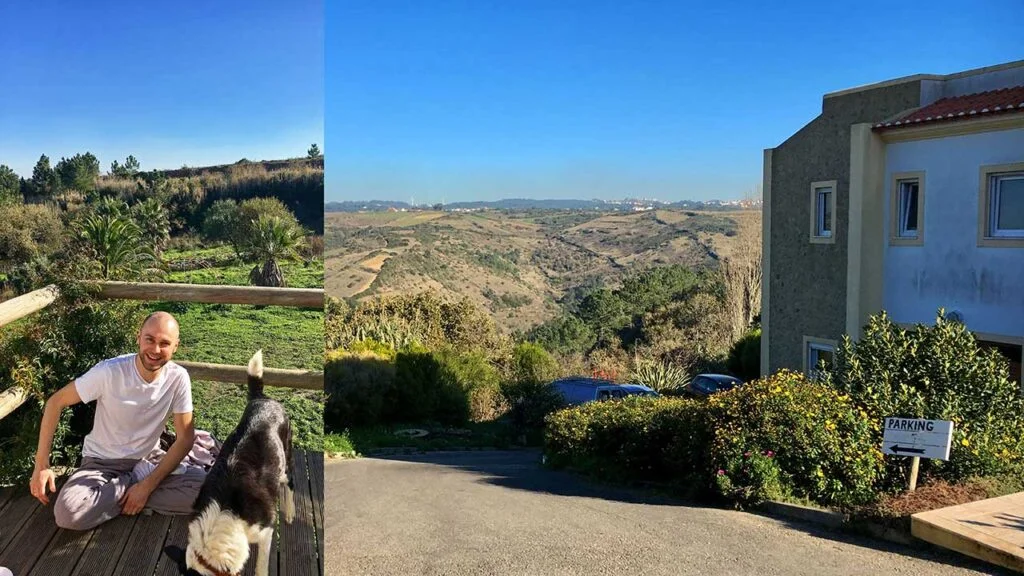
In between Shiv Charan’s lectures, students, under the supervision of experienced teachers, run their own kundalini yoga classes: morning sadhana and afternoon class. Morning Sadhana is a regular yoga practice, usually beginning before sunrise. Since Yogi Bhajan (master of kundalini yoga) was a Sikh, the kundalini yoga practice of his school is given according to the Sikh tradition. So besides the direct complex of exercises (kriya) during the morning sadhana also reads the sacred Sikh scriptures “Jap Ji” and “Guru Granth Sahib”, and mantras are sung in Gurmukh language. The duration of the morning practice is 2.5 hours, because according to the law of karma (law of cause and effect) everything we do is returned to us tenfold, so after spending 1/10 of the day to your higher self, the whole next day is provided with the returning energy.
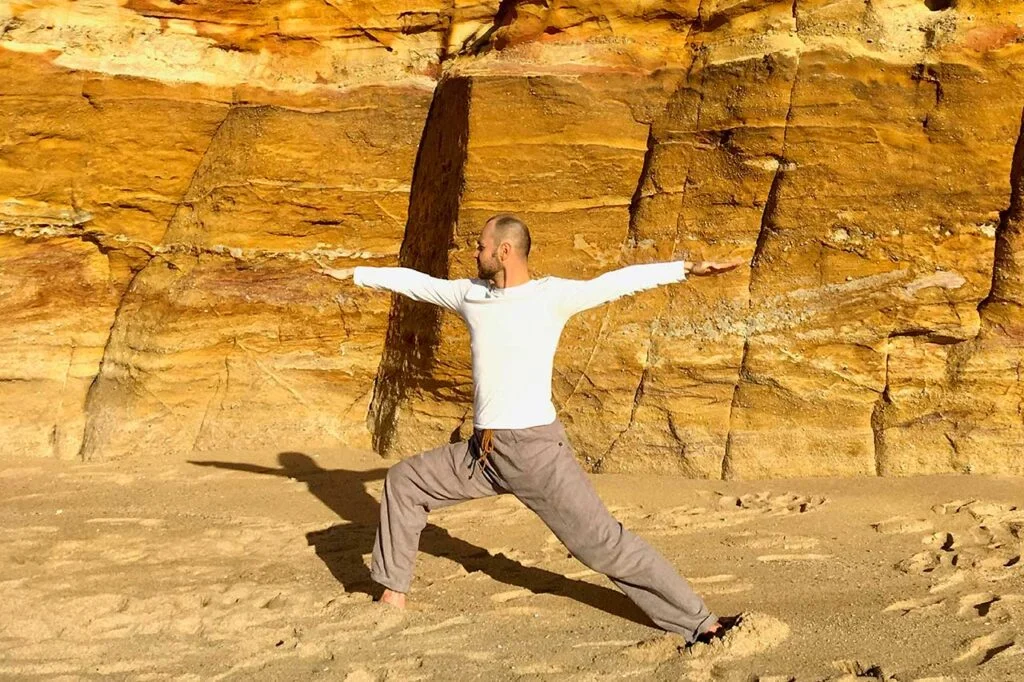
The afternoon class is much shorter, about 1.5 hours, and consists only of kriya, relaxation and meditation. And it was this practice that I had to do on the second day of my stay at the ashram. On the one hand, it was a challenge, as the class had to be given in English, but on the other hand, as Shiv Charan said, we came here to keep up the challenges to some extent and thanks to that to move forward in our development. After all, the path of yoga is a path of challenges: to get up early, to accept discomfort, to change bad habits, to look bravely at one’s limitations (physical and mental) and gradually correct them. After the practice, the group, led by a teacher from Marseille – Siri Kar Singh, gave me detailed feedback, for which they are very grateful. This allowed me to look at myself from the outside, and smoothened the sharp edges of my ego – criticism must be listened to and accepted.
The final daily practice at the ashram was Kirtan. Kirtan, in simple terms, is the collective chanting of mantras to the accompaniment of various musical instruments. Here some guys demonstrated the true art of voice and instruments, thus inspiring others. I used to often wonder – “why would a yogi do this”? “what the heck is this amateurishness”? But later I realized that at a certain stage of development, if you don’t get too carried away, this practice helps to work on Vishudha chakra (throat chakra, responsible for communication (and not only)), as well as Anahata chakra (heart chakra, revealing the feeling of love). Brings Bhakti (devotion, love) energy to the development of the yogi’s personality, offsetting the increase in Shakti (power, strength) energy. However, if you go too far into it, you can actually disturb the Svadhisthana chakra (responsible, among other things, for sensual pleasures). So everything should be in balance.
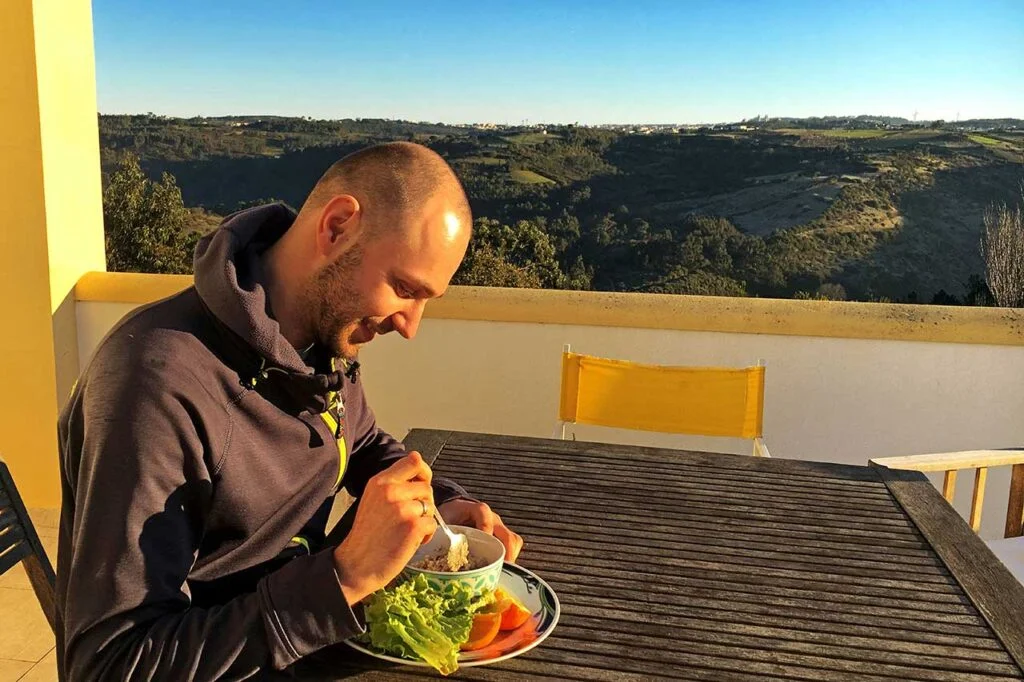
Special attention should be paid to nutrition in the ashram, because “you are what you eat”. In addition to the physiological aspect (a set of nutrients necessary for the correct functioning of the body), nutrition also affects the work of the mind and, consequently, human behavior. How can you sustainably practice a spiritual discipline or live a happy life if you have constant health problems and a storm of negative thoughts and emotions (fear, anger, passion, etc.) in your head? This is why there are absolutely specific nutritional guidelines in yoga. Since meat, fish and eggs belong to the category of tamasic food (tamas (Sanskrit) – darkness, ignorance), we have not been offered here. It burdens the mind, stimulates low instincts, leads to depression, and the body feels heavy and drowsy. Also, there was no dairy products in our diet (except for butter, which, if necessary, everyone could add at his will). But fresh vegetables, fruits, seeds and legumes were present in great abundance. The menu was updated every day, delighting with variety, both in terms of taste sensations and combination of products.
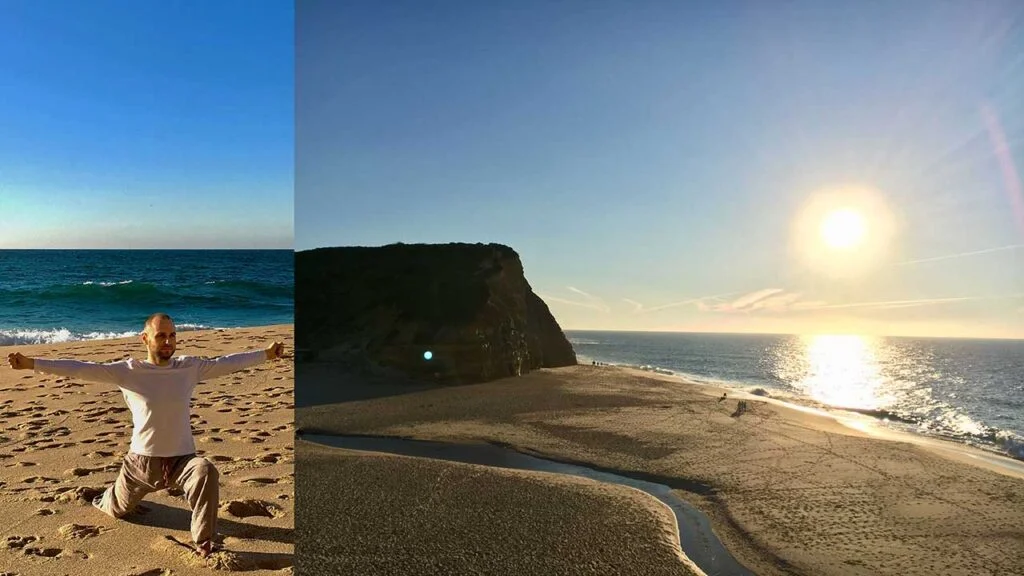
The end of the ashram module was marked by a pleasant surprise: we all walked to the ocean. After a long stay in sitting positions and limited space, the ten kilometers across the mountainous terrain flew by like a blink of an eye. In this contrast, I experienced how a calm mind has a significant impact on the perception of reality and, consequently, on the quality of life. After all, in the daily routine, the surrounding landscapes, even the most beautiful ones, lose their colors, as if you were looking at the world through badly scratched sunglasses. These metaphorical scratches are a swarm of disorderly thoughts in the head, and the color and level of darkening are emotions that impose certain filters and distort the beauty of existence. A calmer mind, on the other hand, gives us the opportunity to enjoy the amazing harmony of the manifested world.

On the way back, sitting in the airplane and looking at the sharp mountain peaks piercing through the clouds below me, I reflected on the limitations of my own thinking. Having been at the ashram for only a week, my thoughts have drifted back to home from time to time, bringing up images, feelings and emotions from my subconscious that are related to daily life. However, I know that when I return home, after some time, I will again want to go beyond “Groundhog Day”, to break out of the daily routine, to dive headlong into the exploration of the inner world, the true “I”. And then this circle will repeat itself again – homesickness, return and again the desire to go on the road. The mind games that draw us into the ceaseless wheel of birth and death…..


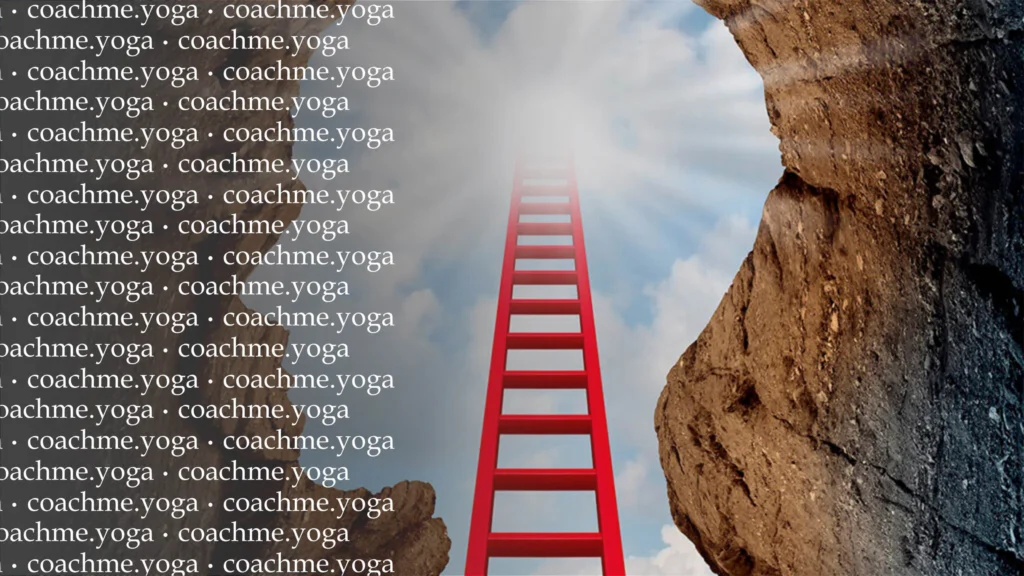



Responses